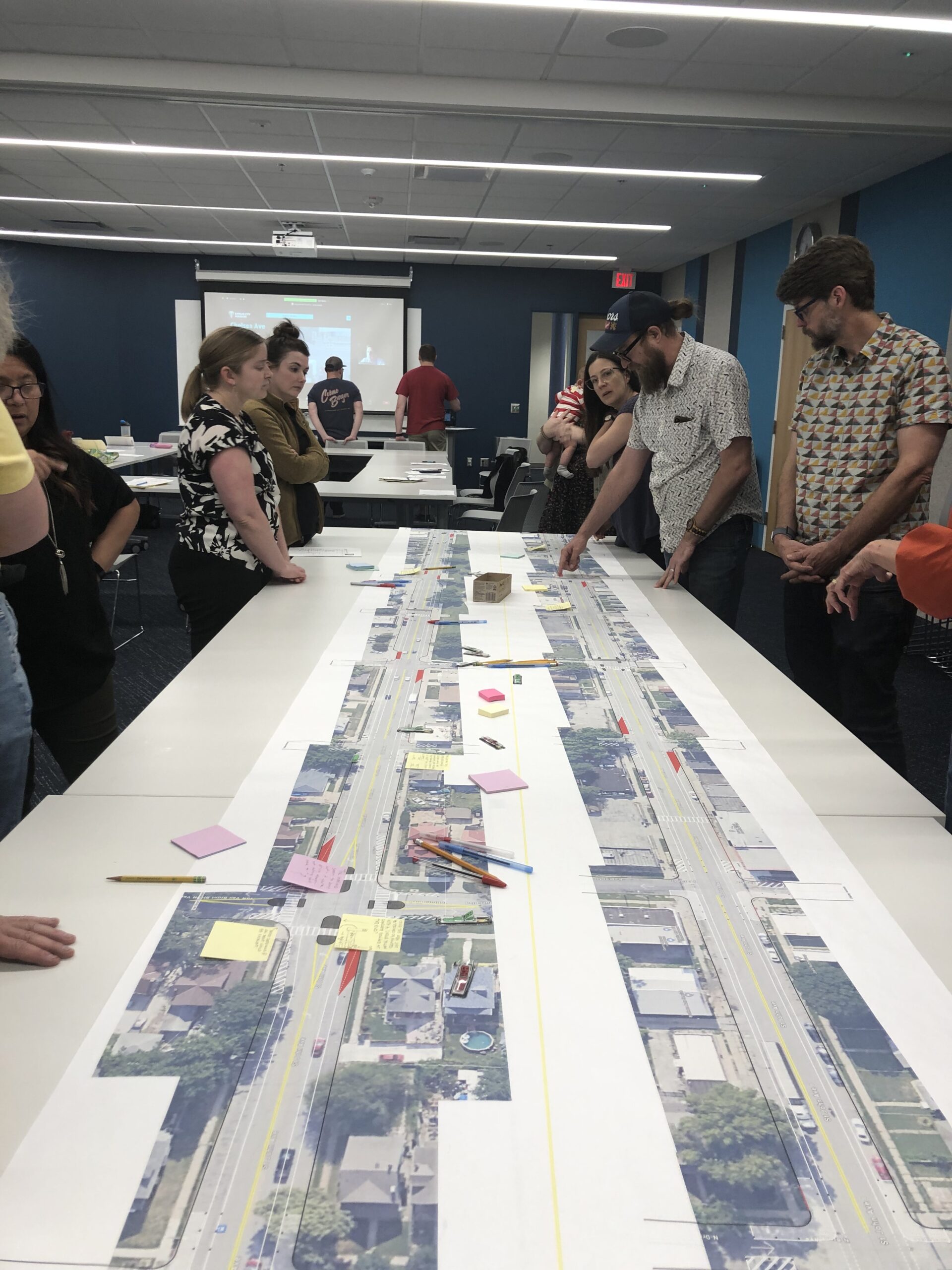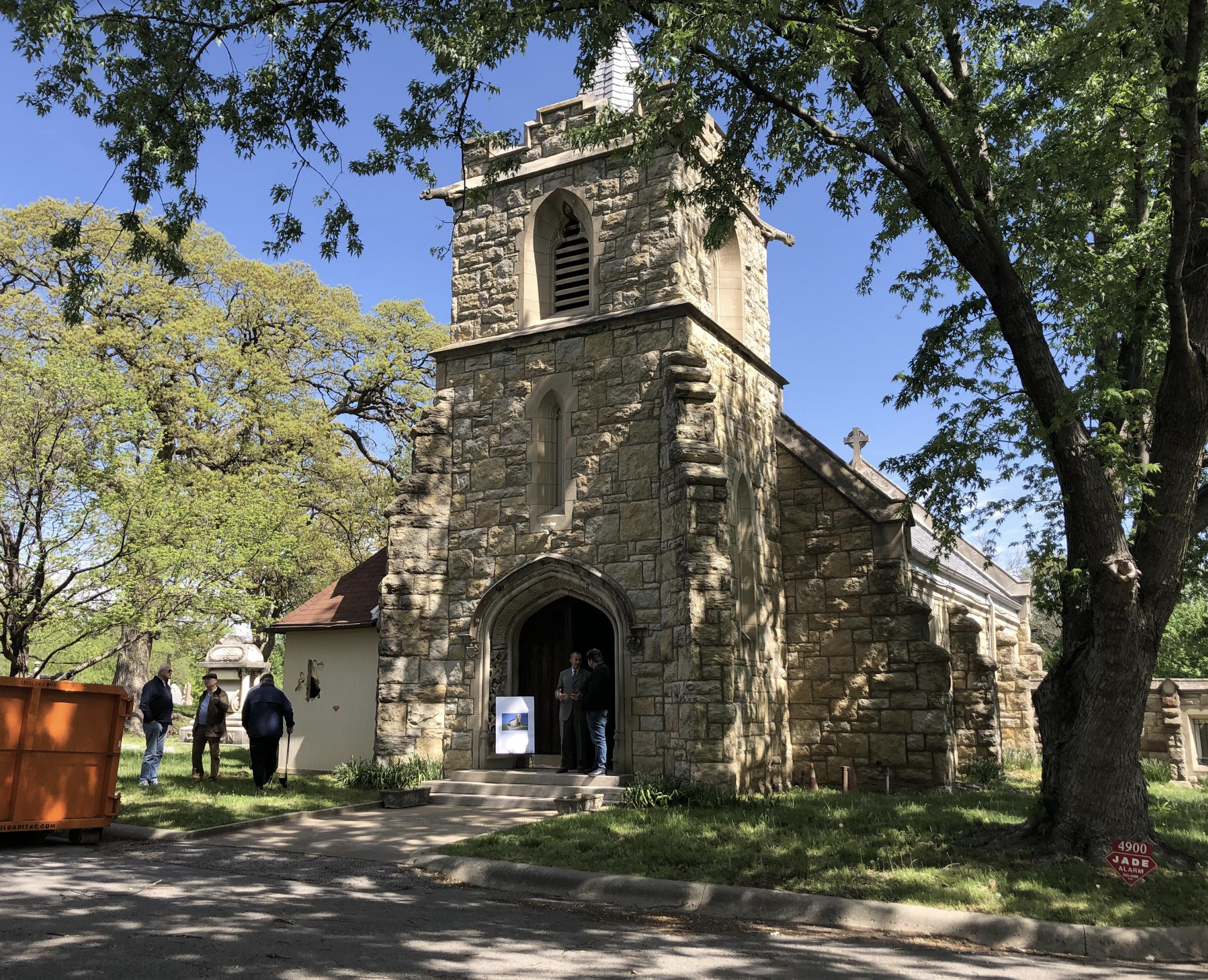Elizabeth Orosco
Northeast News
While renovations continue on the Kansas City Museum, the work to create museum programming is underway.
Members of the museum have begun reaching out to residents to offer community input sessions that will help drive the development of the museum’s future programming.
Northeast residents and community leaders gathered Saturday, September 21, 2019, to offer their perspectives and input on what stories should be told that fully represent the community.
Blanca Anchondo-Polite with the Kansas City Museum, led a discussion on what residents think of when they envision the Kansas City Museum.
One resident said she remembers seeing a film on a Kansas City Mexican-American baseball league.
“It was the first time I had seen myself in a museum,” she said.
Another resident said he had vivid memories of visiting the museum and climbing inside the igloo as a child on field trips.
One attendee said the museum has been a place of family-bonding for her and her children, who would often walk around the exhibits, talking and sharing ideas.
When asked what perception they sought to create of the future of the museum, residents said they wanted to make more people aware of the museums existence, market it as a tourist destination, be willing to shed light on the less positive in an effort to bring healing, and for children to be able to see themselves in the exhibits.
Attendees were then given four photos from four different time periods and asked to write down their immediate personal and emotional connection to the photos and artifacts.
The time periods ranged from rivers to the 1870s, 1880 to the 1920s, 1910 to the 1940s, and 1940 to the 1980s.
One resident held up a picture of a dress from the time period she was given, 1880 to the 1920s, and said her connection to the image was negative.
“It reminds me of a time when women didn’t have freedoms. We didn’t have the right to vote. We had to have a man with us at all times,” she said.
One resident who lives in the 18th and Vine District, held up an image that she said made her think of a jazz musician “escaping the reality of racial inequality and creating a world that embraces people’s genuine contributions to society.”
“I hope that the Kansas City Museum taps into a lot of the artifacts of the Black Archives,” she said.
Residents were also asked to rank the type of programming they would like to see at the museum, including school field trips, summer camps, workshops, lectures, festivals, overnight camps, after school programs, and more.
Overall, workshop attendees said the session was informative, inspiring, and encouraged collaboration and inclusivity.
More community input sessions will be scheduled between now and December to gather more feedback from residents.
For more information, visit www.kansascitymuseum.org.



















